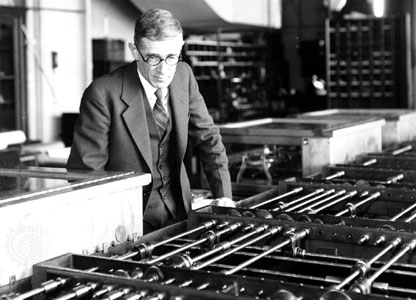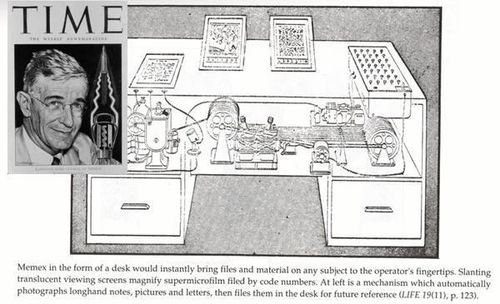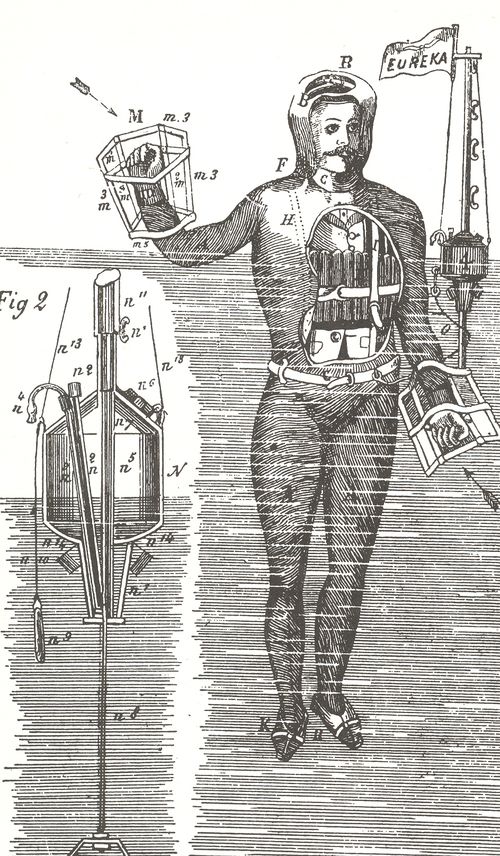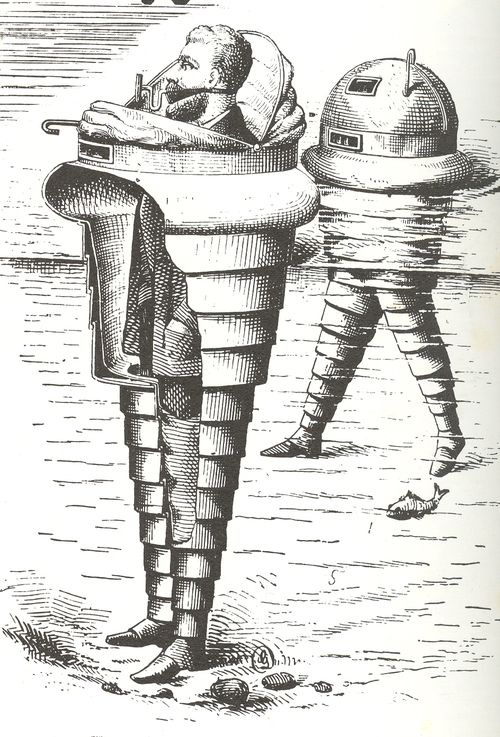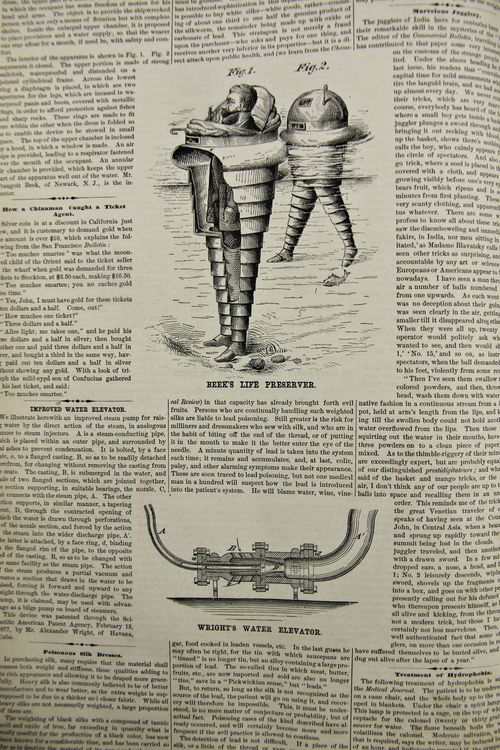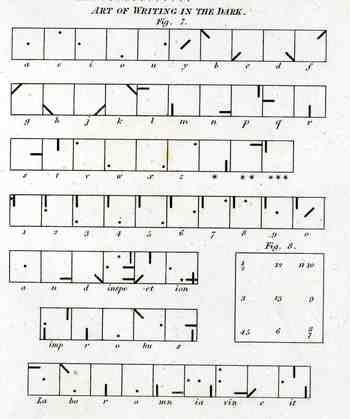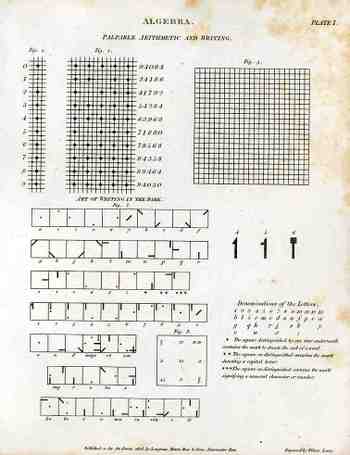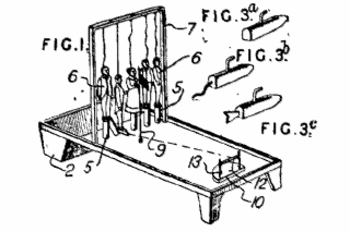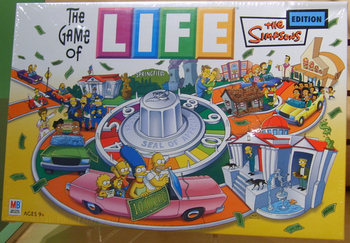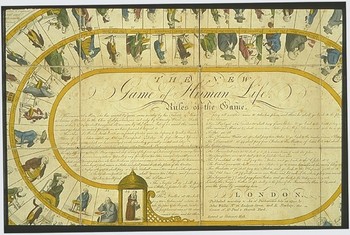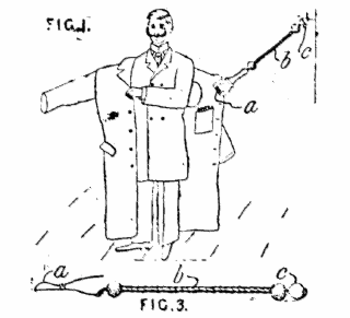JF Ptak Science Books LLC Post 241
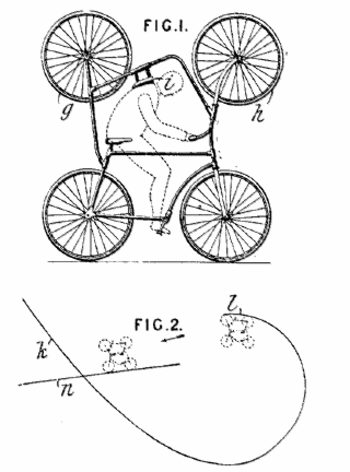 I know that this invention by Karl Lange (1904, left) may or may ever come in “handy”,
but, well if you were a circus performer it might be another story. The whole thing looks so improbably
heavy and unwieldy to me that it couldn't possibly be of any use, though it is a
thing of beauty. All one really needs to complete this picture is another rider seated on the inverted bike waiting for their turn.
I know that this invention by Karl Lange (1904, left) may or may ever come in “handy”,
but, well if you were a circus performer it might be another story. The whole thing looks so improbably
heavy and unwieldy to me that it couldn't possibly be of any use, though it is a
thing of beauty. All one really needs to complete this picture is another rider seated on the inverted bike waiting for their turn.
Marshall Rigby’s
machine (1901, below right) looks more like a geometry problem than anything else, but
really intended to make the not-so-early-by-any-means larger-wheel velocipede
easier to get on and get off. Why bother
keeping the big middle wheel is anyone’s guess.
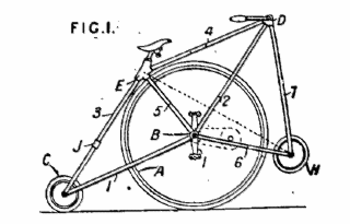
Frederick Simms’s (1906, below left) bike-powered bike-opter doesn’t look like it could
move forward let alone fly.
Sayer’s “Improved Cycle Or Other Vehicle” (1905, below right) has a
telescoping wheelbase and seat, and has brakes that can be adjusted so that
they are automatically applied “at a predetermined inclination in the road”. It also has wheels “that may be readily
adapted to rails”, though what rails and to where those rails might be going is
again a mystery. Also a mystery here is how power is transmitted—I can’t tell
how the thing is made to go, though it is a pretty drawing.
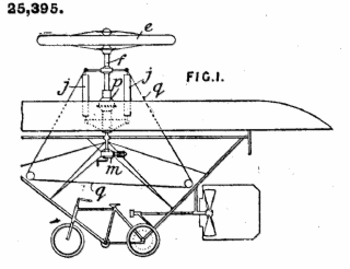
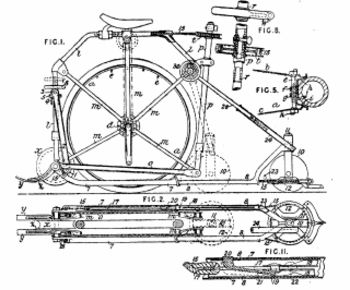
Lastly for tonight is the bouncing bike of Herr Adolf Ernst Anton Mueller (1902, below),
who came up with the idea of powering a bike from the “up and down motion” of
the rider’s weight, thus doing away with pedal. He doesn’t provide a rest for the feet, which might make the bouncing a
little difficult. Also, Lt. Mueller was writing from the
Military Barracks of Grandenz (Germany)
and was an officer in the Kulmer Infantry regiment, making me wonder if he was
thinking in terms of regimental displays of bouncing German soldiers on bikes…
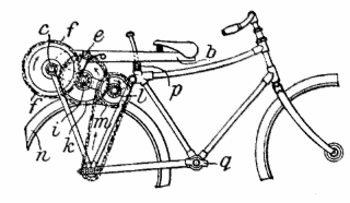
Abstracts for the British patents mentioned above (from the British Patent Office), in their original format, retaining all of the juices and flavors of Edwardian engineerese:
Lange, K. April 15, 1904. Bicycles
adapted for use by gymnasts and acrobats. -A cycle for use in performing the
feat of looping the loop in circuses &c., on the mutilated loop k, l, n,
has a second cycle attached above the rider's head, which enables him, on
leaving the part l, to complete the journey, head downwards, on the upper
wheels g, h. The upper cycle may have more than two wheels, and other padding
besides the cushion i.
19018038. Rigby, M. April 19. Unicycles; safety wheels and supports;
steering- mechanism; driving-mechanism; frames.-A unicycle comprises a large
wheel A carrying on, or connected to, its axle B a frame consisting of forked
members 1, 2, 3, 5, 6, 7 and a single member 4 arrange:! as shown. A socket E
connecting the members 3, 4, and 5 carries the saddle-pin. Safety-wheels C and
H, one of which may be replaced by a pair, support the rider when at rest or when
steering. The wheels C and H may be mounted in pivoted forks which are actuated
by a spring so as to keep the wheels in line. Rigid handles D enable the cycle
to be steered when the wheel H is in contact with the ground, but, if desired,
the wheel H may be mounted in a steering-post actuated by pivoted handles. The
wheel A may be driven either by simple cranks, as shown, or by suitable
treadle, crypto, or chain gearing. Either of the members 5, 6 may ba replaced
by a member connected to the socket E and the axle of the wheel H. A bridge J
serves as a step in mounting.
25,395. Simms, F. R. Dec. 6. Gyroscopic apparatus.-For driving a gyroscopic
wheel e on an aerial machine by a motor m in such a manner that the aeronaut
can vary its inclination by pulling cords q, the driving-shaft f is made in two
lengths connected by a ball-and-socket joint p. The two lengths are pressed
together by springs j with sufficient force to cause the rotation of the motor
to be transmitted to the wheel by the friction of the joint.
18,699. Sayer, R. C. Sept. 16. Motor road vehicles; locomotive tramway
vehicles. -Relates to a cycle or vehicle which has a variable wheel base,
brakes automatically applied at a predetermined inclination of the road, and
wheels that may be readily adapted for running on rails. The frame comprises
struts m, radiating from the axis of the wheel a, tubes l, rods o, and a forked
tube p. The steering-wheel 10 is mounted in a fork the stem 11 of which is
fitted in a socket on the ends of the members 8 of the telescopic parts 7, 8 of
the frame (and on and on)
26,453. Mueller, A. E. A. Dec. 3. Body motion, propelling by.-The rider
stands upon the foot-rests q, and, by the weight of his body, depresses the
saddle, which is attached to a lever b, pivoted at its end c to the frame. The
downward movement of the lever b causes a spring pawl e to actuate a
ratchet-wheel f. The motion of the ratchet - wheel is communicated through wheels
i, k, l to the chain-wheel m and thence to the hind wheel n, so that the
bicycle is propelled forwards. The pressure on the saddle is then released, and
the saddle is restored to its normal position by a spring p, when the cycle of
operations is repeated.


